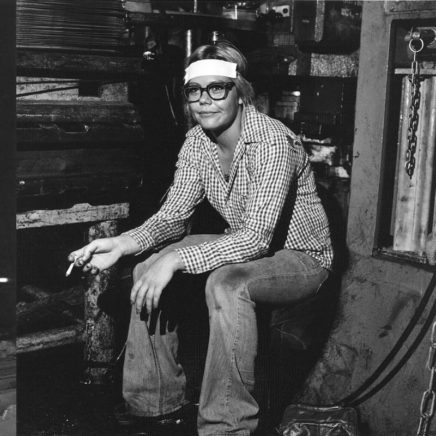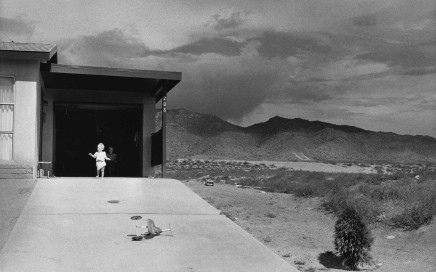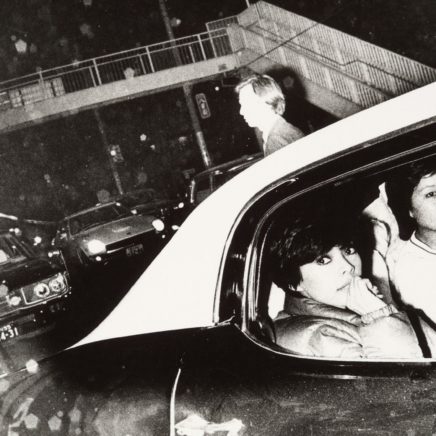
Diane Arbus (1991)
It is hard now to remember what all the upset was about when they were new; hard to remember, for example, that when the Museum of Modern Art mounted an Arbus retrospective a year after her death, there were some viewers among the teeming crowds pressing into the museum to gawk at the freaks who […]










